What is Annealing Heat Treatment?
Annealing of Steel Heat Treatment
Annealing is a heat treatment that alters the microstructure of a material causing changes in properties such as strength and hardness and ductility. Annealed metals are relatively soft and can be cut and shaped more easily. They bend easily when pressure is applied. As a rule they are heated and allowed to cool slowly. Annealing is a heat process whereby a metal is heated to a specific temperature and then allowed to cool slowly. This softens the metal which means it can be cut and shaped more easily. Mild steel, is heated to a red heat and allowed to cool slowly. However, metals such as aluminium will melt if heated for too long.
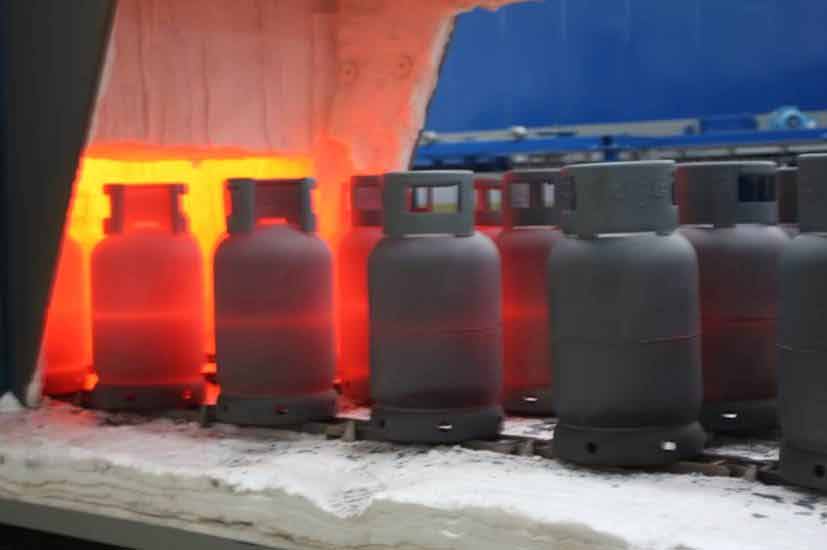 Annealing Heat Treatment of Cylinders
Annealing Heat Treatment of Cylinders
Process Annealing is used to treat work-hardened parts made out of low-Carbon steels (< 0.25% Carbon). This allows the parts to be soft enough to undergo further cold working without fracturing. Process annealing is done by raising the temperature to just below the Ferrite-Austenite region, line A1 on the diagram.
This temperature is about 727 ºC (1341 ºF) so heating it to about 700 ºC (1292 ºF) should suffice. This is held long enough to allow recrystallization of the ferrite phase, and then cooled in still air.
Since the material stays in the same phase through out the process, the only change that occurs is the size, shape and distribution of the grain structure. This process is cheaper than either full annealing or normalizing since the material is not heated to a very high temperature or cooled in a furnace.
In general, annealing is the opposite of hardening, You anneal metals to relieve internal stresses, soften them, make them more ductile, and refine their grain structures. Annealing consists of heating a metal to a specific temperature, holding it at that temperature for a set length of time, and then cooling the metal to room temperature. The cooling method depends on the metal and the properties desired. Some metals are furnace-cooled, and others are cooled by burying them in ashes, lime, or other insulating materials.
The benefits of annealing are :
- Improved ductility
- Removal of residual stresses that result from cold-working or machining
- Improved machinability
- Grain refinement
Soft annealing
Soft annealing is carried out at a temperature of just under Ac1, sometimes also over Ac1 or by fluctuating around Ac1 with subsequent slow cooling to achieve a soft condition (DIN 17022 part 1-5). Through this heat treatment, the cementite lamination of the perlite is transformed to a spherical form – known as granular cementite.
Annealing Heat Treatment Process
This type of microstructure provides the best workability for steels with a C-content of more than approx. 0.5%. Granular cementite provides the condition for best workability for any type of cold working e.g. for cold-heading, drawing, or cold extrusion.
Full annealing
Full annealing is the process of slowly raising the temperature about 50 ºC (90 ºF) above the Austenitic temperature line A3 or line ACM in the case of Hypoeutectoid steels (steels with < 0.77% Carbon) and 50 ºC (90 ºF) into the Austenite-Cementite region in the case of Hypereutectoid steels (steels with > 0.77% Carbon).
It is held at this temperature for sufficient time for all the material to transform into Austenite or Austenite-Cementite as the case may be. It is then slowly cooled at the rate of about 20 ºC/hr (36 ºF/hr) in a furnace to about 50 ºC (90 ºF) into the Ferrite-Cementite range. At this point, it can be cooled in room temperature air with natural convection.
Stress Relief Anneal
Stress Relief Anneal is used to reduce residual stresses in large castings, welded parts and cold-formed parts. Such parts tend to have stresses due to thermal cycling or work hardening. Parts are heated to temperatures of up to 600 – 650 ºC (1112 – 1202 ºF), and held for an extended time (about 1 hour or more) and then slowly cooled in still air.
Spheroidization
Spheroidization is an annealing process used for high carbon steels (Carbon > 0.6%) that will be machined or cold formed subsequently. This is done by one of the following ways:
1. Heat the part to a temperature just below the Ferrite-Austenite line, line A1 or below the Austenite-Cementite line, essentially below the 727 ºC (1340 ºF) line. Hold the temperature for a prolonged time and follow by fairly slow cooling. Or
2. Cycle multiple times between temperatures slightly above and slightly below the 727 ºC (1340 ºF) line, say for example between 700 and 750 ºC (1292 – 1382 ºF), and slow cool. Or
3. For tool and alloy steels heat to 750 to 800 ºC (1382-1472 ºF) and hold for several hours followed by slow cooling.
All these methods result in a structure in which all the Cementite is in the form of small globules (spheroids) dispersed throughout the ferrite matrix. This structure allows for improved machining in continuous cutting operations such as lathes and screw machines. Spheroidization also improves resistance to abrasion.
Annealing and Spheoridizing
Full annealing is accomplished by heating a hypoeutectoid steel to a temperature above the UCT (Upper Critical Temperature). In practice, the steel is heated to about 100 oF above the UCT. It is then cooled in the furnace very slowly to room temperature. The formation of austenite destroys all structures that have existed before heating. Slow cooling yields the original phases of ferrite and pearlite.
Hypereutectoid steels consist of pearlite and cementite. The cementite forms a brittle network around the pearlite. This presents difficulty in machining the hypereutectoid steels. To improve the machinability of the annealed hypereutectoid steel spheroidize annealing is applied. This process will produce a spheroidal or globular form of a carbide in a ferritic matrix which makes the machining easy.
Prolonged time at the elevated temperature will completely break up the pearlitic structure and cementite network. The structure is called spheroidite. This structure is desirable when minimum hardness, maximum ductility and maximum machinability are required.
Low carbon steels are seldom spheroidized for machining, because they are excessively soft and gummy in the spheoridized conditions. The cutting tool will tend to push the material rather than cut it, causing excessive heat and wear on the cutting tip. Stress-Relief Annealing is sometimes called subcritical annealing, is useful in removing residual stresses due to heavy machining or other cold-working processes. It is usually carried out at temperatures below the LCT, which is usually selected around 1000ºF.






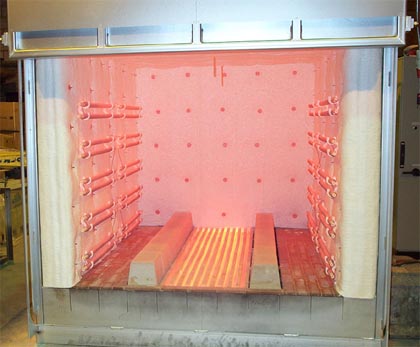
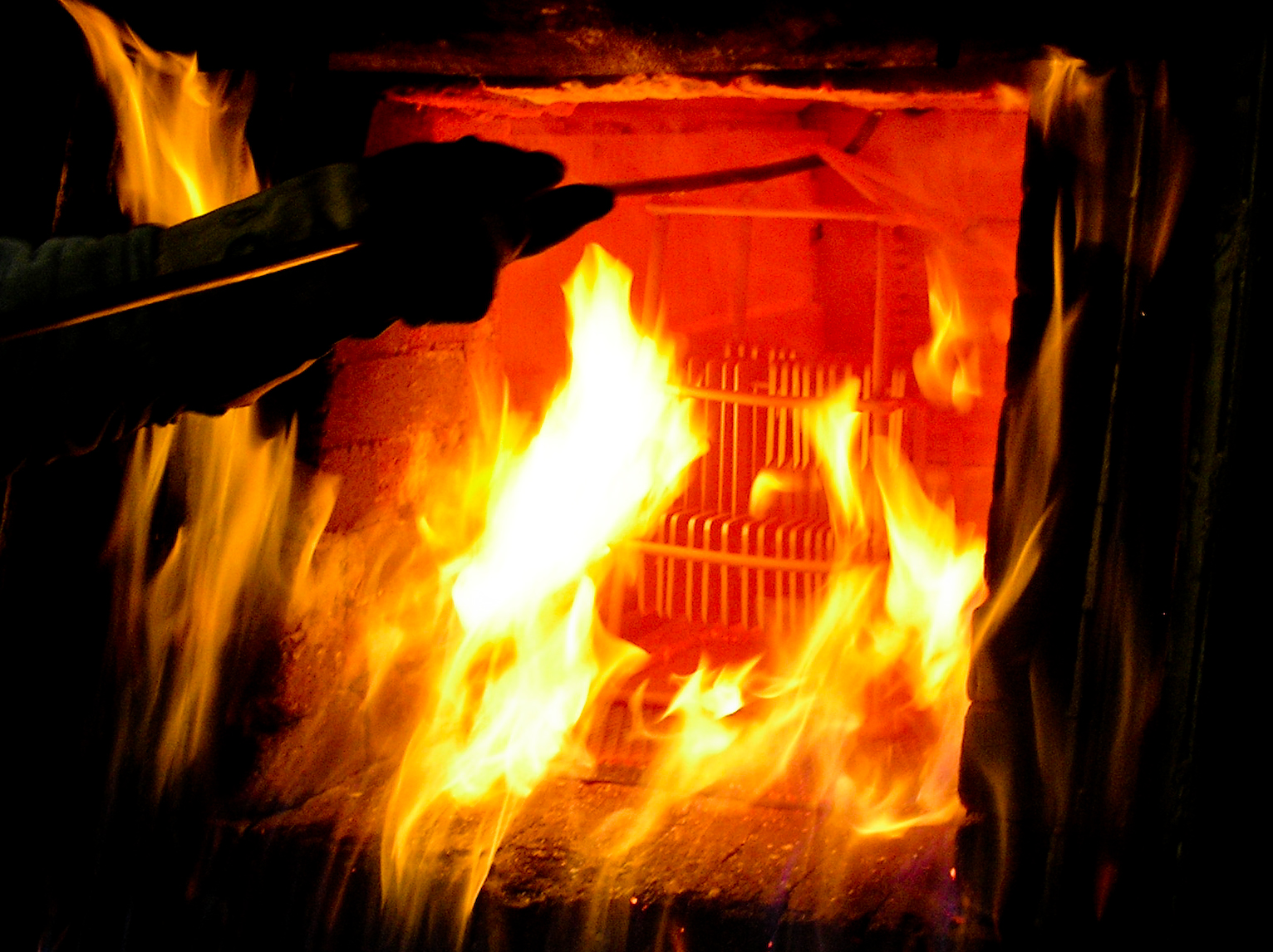
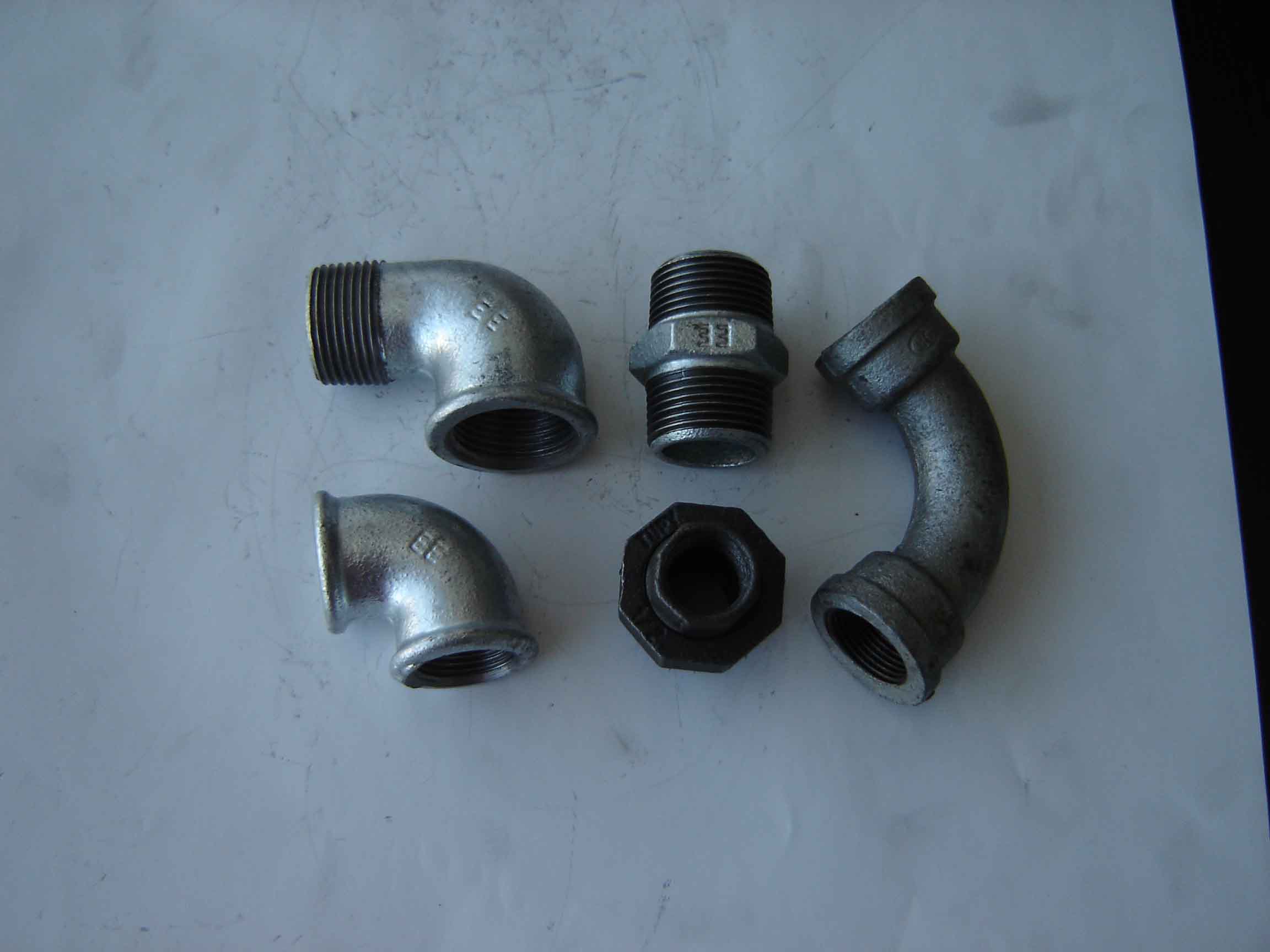
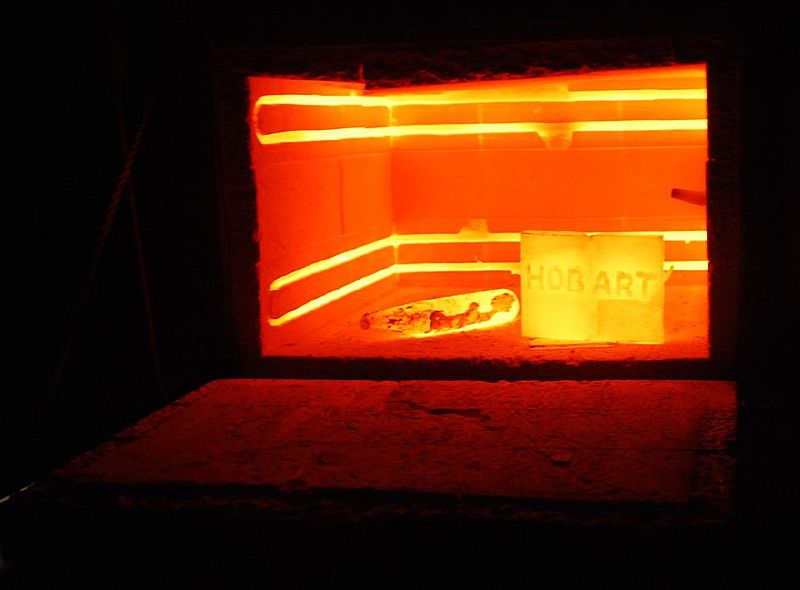
 Alloy Suppliers
Alloy Suppliers  Aluminum
Aluminum  Aluminum Extrusions
Aluminum Extrusions  Copper-Brass-Bronze
Copper-Brass-Bronze  Nickel
Nickel  Magnets
Magnets  Stainless Steel
Stainless Steel  Stainless Steel Tubing
Stainless Steel Tubing  Steel Service Centers
Steel Service Centers  Titanium
Titanium  Tungsten
Tungsten  Wire Rope
Wire Rope